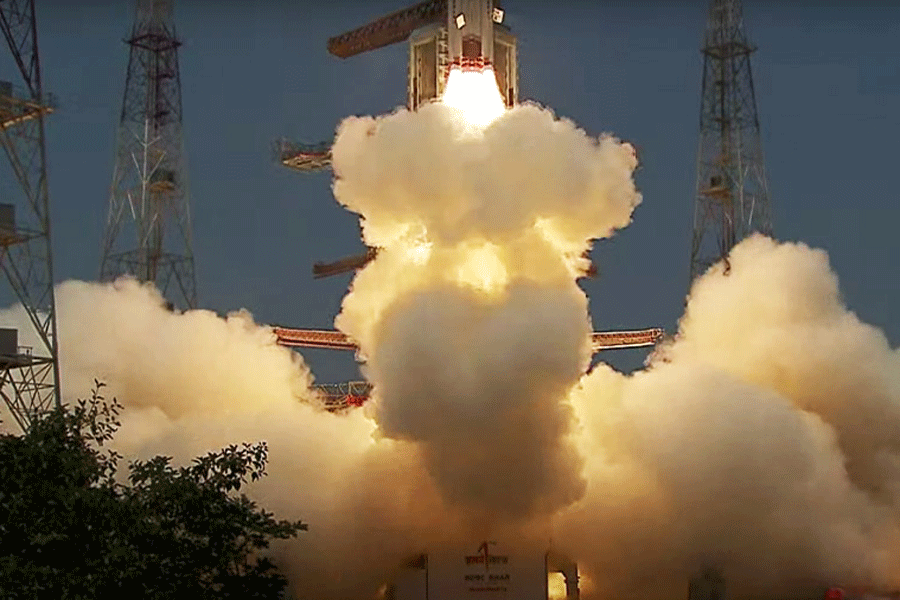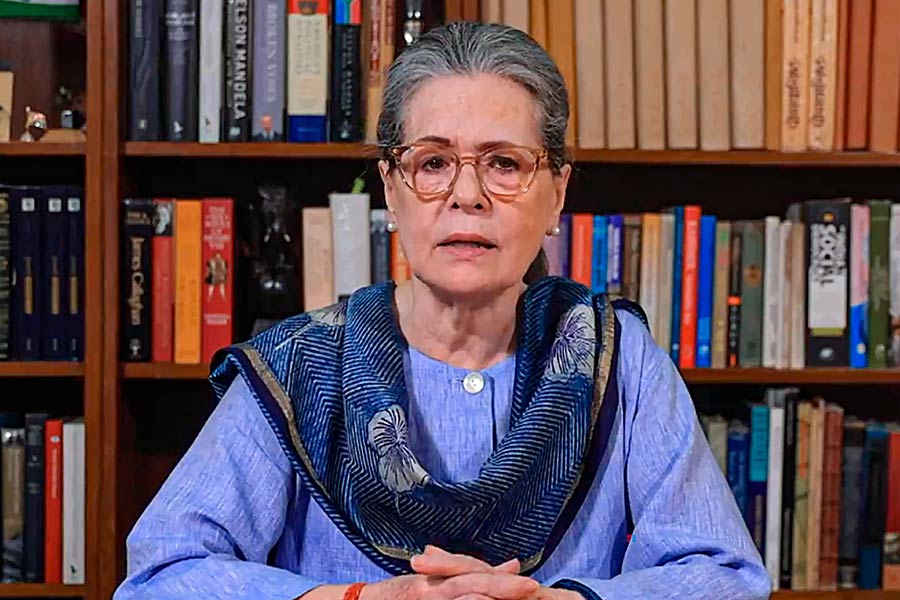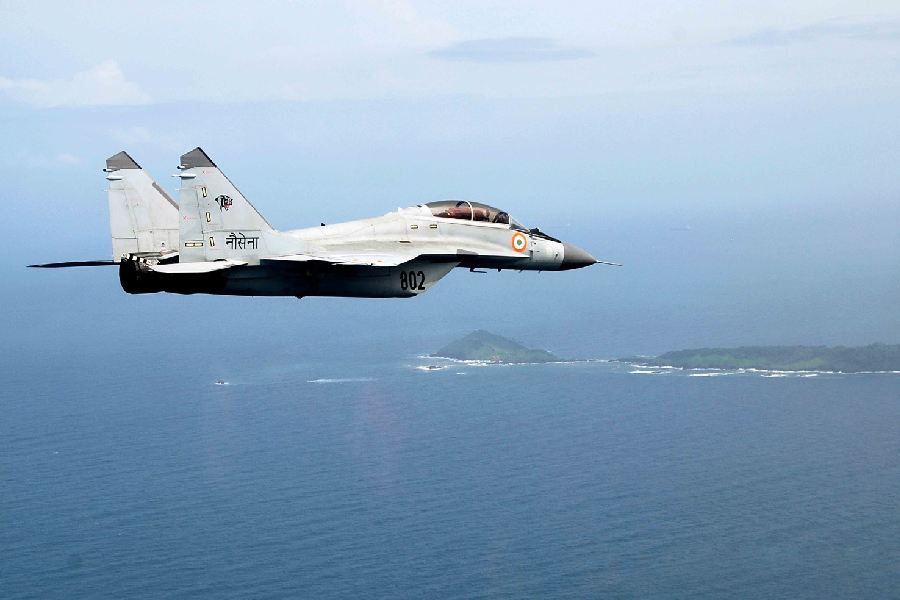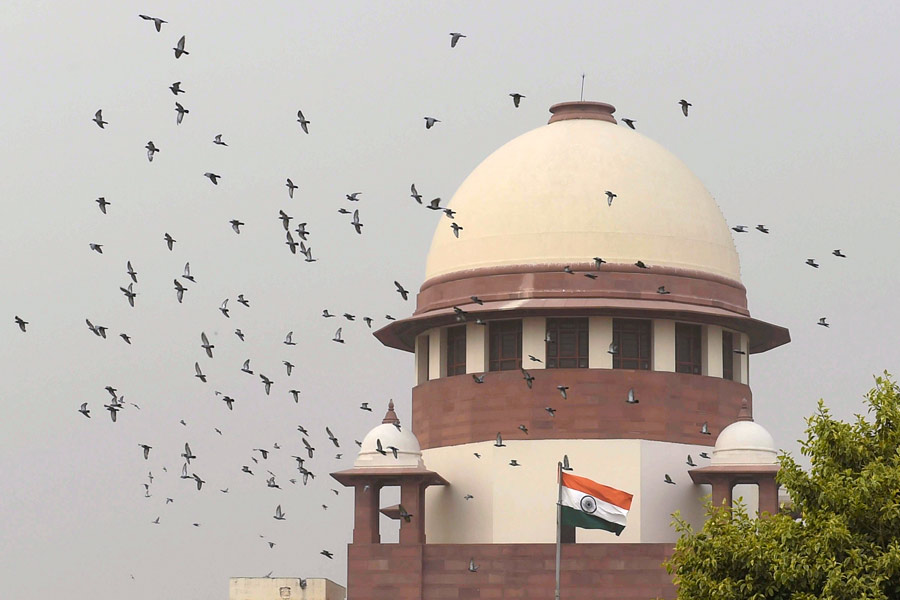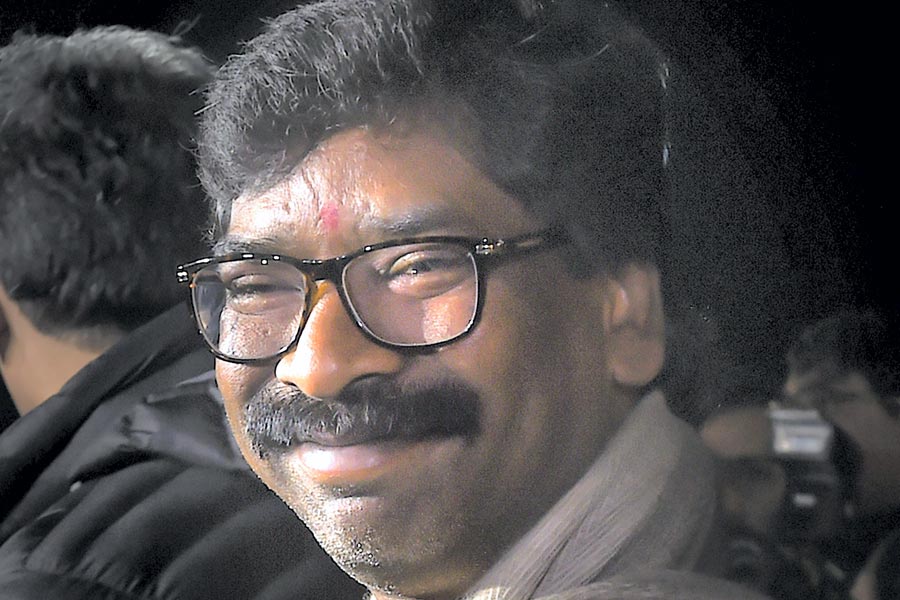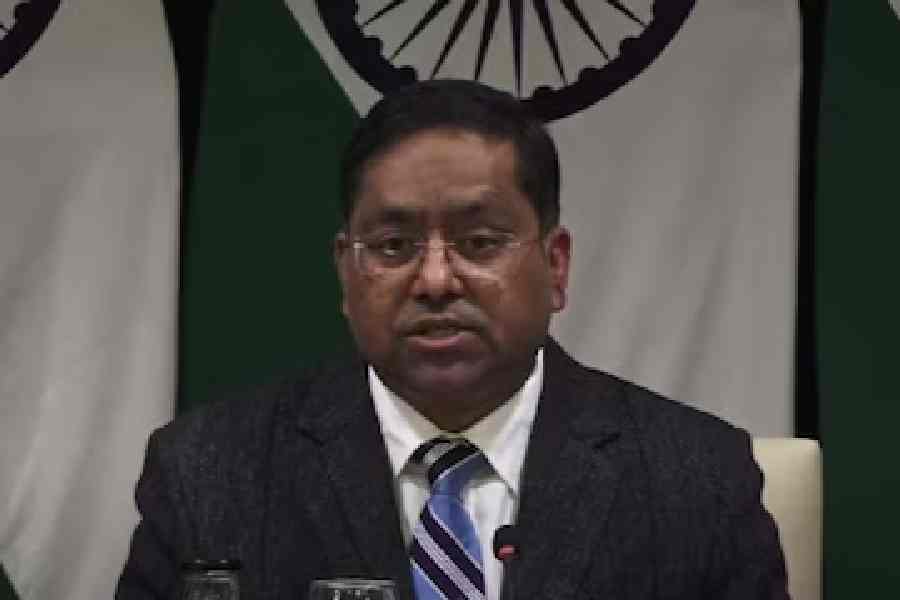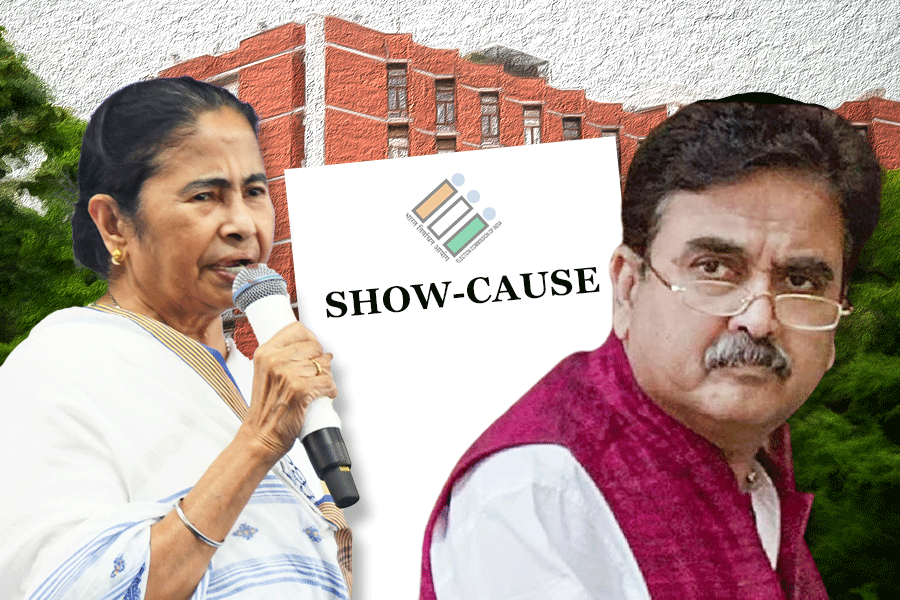India’s Aditya-L1 spacecraft launched on Saturday to study the Sun evolved from an idea for a single-instrument satellite into a full-fledged solar observatory through exhortations over 12 years ago by a late space scientist active in his 80s.
The late professor U.R. Rao, a former chairman of the Indian Space Research Organisation (Isro), played a key role in coaxing solar physicists in the country to expand their ambitions — reimagine a 110kg satellite into a seven-instrument 1,480kg spacecraft, Aditya-L1 project scientists said on Saturday.
“He told us: stop taking baby steps and think bigger,” said Dipankar Banerjee, director of the Aryabhatta Research Institute for Observational Sciences, an astronomical observatory in Nainital, who was among a group of scientists who first proposed a satellite for solar studies in 2006.
The Union minister of state for science, technology and space, Jitendra Singh, while congratulating Isro for the successful launch of Aditya-L1, also expressed his gratitude to Prime Minister Narendra Modi for his contribution to the success.
“Congratulations India. Congratulations Isro… it is indeed a sunshine moment for India. Thank you honourable Prime Minister Narendra Modi ji for making this happen by opening up new vistas for India’s space sector,” Singh said after the launch he watched at the Sriharikota spaceport. “Thanks also honourable PM for giving us the confidence, courage, and conviction to reach out to the stars. Thanks also for making us realise the enormous potential of our space fraternity.”
Scientists familiar with Aditya-L1’s timeline say the concept and the contours of an Indian space-based solar observatory had emerged and evolved between 2006 and 2013 under efforts largely driven by Rao and former Isro scientist S. Seetha.
The idea for a satellite with a single instrument to study the corona — the Sun’s atmosphere — first emerged in 2006 during a meeting organised by the Astronomical Society of India and the Indian Academy of Sciences.
“Professor Rao and Dr Seetha were instrumental in transforming what would have been a small satellite mission into a grand solar observatory — their roles should not be forgotten,” said a solar physicist who has been part of the project since 2010.
Aditya-L1 is heading for a point in space called L1, about 1.5 million km from Earth from where the spacecraft will have an uninterrupted view of the Sun. Isro in December 2009 had approved an initial proposal from scientists for a single-instrument satellite to be called Aditya-1 in low-Earth orbit.
Seetha, a former director of the Isro space sciences programme office who is now an emeritus scientist at the Raman Research Institute, Bangalore, said Rao used to think “far ahead” and between 2009 and 2013, he urged the scientific community to expand the project.
“At the time, our Mars orbiter mission was underway and Professor Rao suggested going to L1,” Seetha told The Telegraph on Saturday. The Isro space science office in April 2013 issued a call for proposals from scientists for more scientific instruments.
Space officials recall that Rao, who after retiring as Isro chairman in 1994 continued as chair of Isro’s advisory panel on space sciences, used to attend office every other day. He died in 2017, aged 85.
Seetha herself played a crucial role in connecting Isro with academic institutions across the country during the process of submission, selection and review of the proposals, said an astronomer familiar with the process who requested anonymity.
Isro had received nearly two dozen proposals and, following a rigorous competitive review process, selected seven in July 2013 and approved the spacecraft's current version in November 2015. "Those seven proposals have now turned into the seven instruments aboard Aditya-L1,” the astronomer said.
The largest and technically among the most challenging of the instruments is called the Visible Emission Line Coronagraph for studies of the solar corona and was developed at the Indian Institute of Astrophysics, Bangalore. The other instruments will measure X-rays, ultraviolet radiation, magnetic activity and subatomic particles and wind from the Sun.

